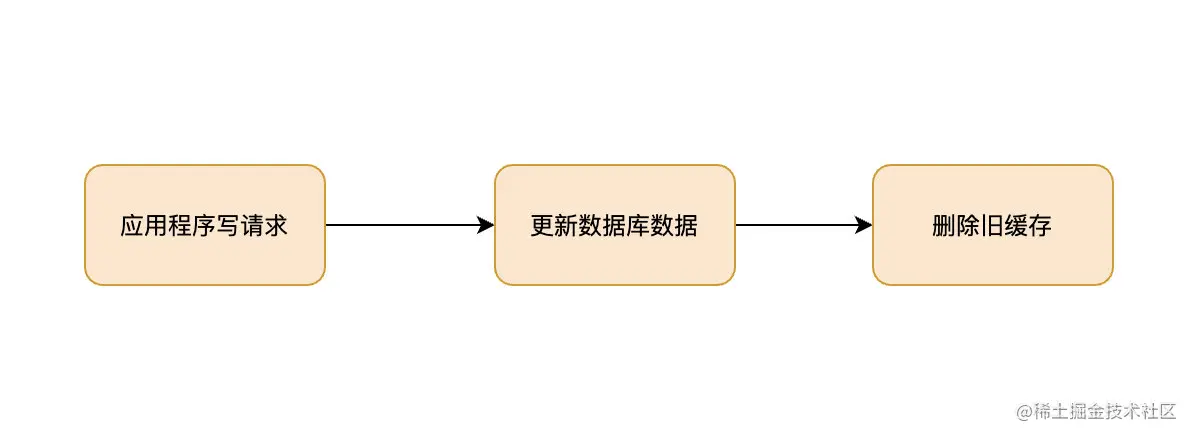当前位置:网站首页>C language - stack
C language - stack
2022-07-04 10:24:00 【sqjddb】
Definition of stack
Stack (stack) Also known as the stack , It's a limitation Insert and delete only at the end of the table Operation of the The linear table
This end is called To the top of the stack , The other end is called At the bottom of the stack . The data elements in the stack comply with Last in, first out Principles .
To a stack Insert The new element is also called Into the stack 、 Push or push , Make it the new top element
From a stack Delete Elements are also called Out of stack or out of stack .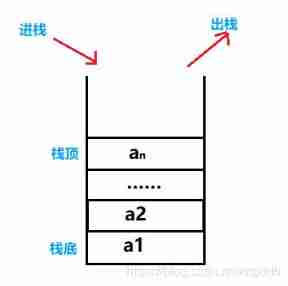
C Language implementation stack
analysis :
You can use arrays or linked lists to achieve , But the cost of inserting data into the tail of the array is relatively small . The complete procedure is as follows :
The header file
#include<stdio.h>
#include<stdbool.h>
#include<stdlib.h>
#include<assert.h>
typedef int STDatatype;
typedef struct Stack
{
STDatatype* p;
int top;
int capacity;
}ST;
// Initialization stack
void StackInit(ST* ps);
// Free up stack space
void StackDestroy(ST* ps);
// Element stack
void StackPush(ST* ps, STDatatype x);
// Out of the stack
void StackPop(ST* ps);
// Sentenced to empty
bool StackEmpty(ST* ps);
// Calculate the number of elements in the stack
int StackSize(ST* ps);
// Back to top of stack element
STDatatype StackTop(ST* ps);
Function implementation file
#include "Stack.h"
void StackInit(ST* ps)
{
assert(ps);
ps->p = NULL;
ps->top = 0;
ps->capacity = 0;
}
void StackDestroy(ST* ps)
{
assert(ps);
if (ps->p)// If p by NULL, Can not be free
{
free(ps->p);
}
ps->p= NULL; //free After the empty , Avoid wild pointer problems
ps->top = 0;
ps->capacity = 0;
}
void StackPush(ST* ps, STDatatype x)
{
assert(ps);
// Check if there's enough space , Not enough capacity
if (ps->top == ps->capacity)
{
int newcapacity = ps->capacity == 0 ? 4 : ps->capacity * 2;
STDatatype* tmp = realloc(ps->p, sizeof(STDatatype)*newcapacity);
ps->p= tmp;
ps->capacity = newcapacity;
}
ps->p[ps->top] = x;
ps->top++;
}
bool StackEmpty(ST* ps)
{
assert(ps);
return ps->top == 0;
}
void StackPop(ST* ps)
{
assert(ps);
assert(!StackEmpty(ps));
ps->top--;//-> Priority over --
}
int StackSize(ST* ps)
{
assert(ps);
return ps->top;
}
STDatatype StackTop(ST* ps)
{
assert(ps);
assert(!StackEmpty(ps));
return ps->p[ps->top - 1];
}
Main function test file
#include "Stack.h"
int main()
{
ST st;
StackInit(&st);
StackPush(&st, 1);
StackPush(&st, 2);
StackPush(&st, 3);
printf("%d ", StackTop(&st));
StackPop(&st);
printf("%d ", StackTop(&st));
StackPop(&st);
StackPush(&st, 4);
StackPush(&st, 5);
while (!StackEmpty(&st))
{
printf("%d ", StackTop(&st));
StackPop(&st);
}
printf("\n");
StackDestroy(&st);
return 0;
}
Running results 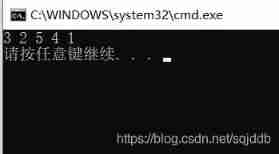
Classical bracket matching problem

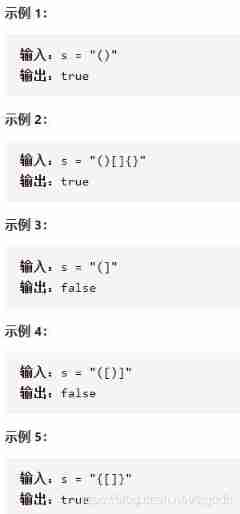
Ideas
Traversal string , If the current character is an open parenthesis , Push , Wait for the right parenthesis to determine whether it matches , If it's right bracket , Match the character at the top of the stack with the current character , Stack top element out of stack , Make the character at the top of the stack become an earlier left parenthesis , It is convenient to match with the more backward right parenthesis . Specific ideas and details are shown in the following program notes
#include<stdio.h>
#include<stdbool.h>
#include<stdlib.h>
#include<assert.h>
// First, implement a stack
typedef int STDatatype;
typedef struct Stack
{
STDatatype* p;
int top;
int capacity;
}ST;
void StackPush(ST* ps, STDatatype x)
{
assert(ps);
// Check if there's enough space , Not enough capacity
if (ps->top == ps->capacity)
{
int newcapacity = ps->capacity == 0 ? 4 : ps->capacity * 2;
STDatatype* tmp = realloc(ps->p, sizeof(STDatatype)*newcapacity);
ps->p = tmp;
ps->capacity = newcapacity;
}
ps->p[ps->top] = x;
ps->top++;
}
void StackInit(ST* ps)
{
assert(ps);
ps->p = NULL;
ps->top = 0;
ps->capacity = 0;
}
void StackDestroy(ST* ps)
{
assert(ps);
if (ps->p)// If p by NULL, Can not be free
{
free(ps->p);
}
ps->p = NULL; //free After the empty , Avoid wild pointer problems
ps->top = 0;
ps->capacity = 0;
}
bool StackEmpty(ST* ps)
{
assert(ps);
return ps->top == 0;
}
void StackPop(ST* ps)
{
assert(ps);
assert(!StackEmpty(ps));
ps->top--;//-> Priority over --
}
STDatatype StackTop(ST* ps)
{
assert(ps);
assert(!StackEmpty(ps));
return ps->p[ps->top - 1];
}
bool isValid(char * s){
ST st;
StackInit(&st);
bool matchflag = true;
while (*s)
{
if (*s == '{' || *s == '[' || *s == '(')
{
StackPush(&st, *s);// If it's left parenthesis , Push
s++;
}
else
{
// The program comes to this , The current character is the right bracket
// If there are no elements in the stack , Indicates that there is no left parenthesis matching the current right parenthesis
if (StackEmpty(&st))
{
matchflag = false;
break;
}
// If there are elements in the stack , Take it out to match the current right parenthesis
char ch = StackTop(&st);
// The matched left parenthesis should be out of the stack
StackPop(&st);
// See if it matches
if (
(*s == '}'&&ch != '{') ||
(*s == ']'&&ch != '[') ||
(*s == ')'&&ch != '(')
)
{
matchflag = false;
break;
}
else
{
s++;// If the match , Continue traversing backwards
// See whether the following right parenthesis matches the element at the top of the stack
// It makes perfect use of the characteristics of stack first in and last out
}
}
}
if (matchflag == true)
{
matchflag = StackEmpty(&st);
// If the characters are traversed and the stack is not empty , It shows that the left parenthesis in the stack is lonely , Mismatch
}
StackDestroy(&st);
return matchflag;
}
int main()
{
// Test several examples
char *p0 = "{[]}";
printf("%d\n", isValid(p0));
char *p1= "()";
printf("%d\n", isValid(p1));
char *p2 = "()[]{}";
printf("%d\n", isValid(p2));
char *p3 = "(]";
printf("%d\n", isValid(p3));
char *p4 = "([)]";
printf("%d\n", isValid(p4));
}
Running results :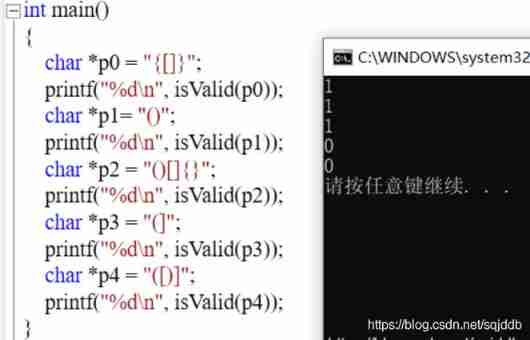
边栏推荐
- PHP代码审计3—系统重装漏洞
- Hlk-w801wifi connection
- Exercise 7-2 finding the maximum value and its subscript (20 points)
- uniapp 小于1000 按原数字显示 超过1000 数字换算成10w+ 1.3k+ 显示
- Laravel文档阅读笔记-How to use @auth and @guest directives in Laravel
- Today's sleep quality record 78 points
- How can Huawei online match improve the success rate of player matching
- DDL statement of MySQL Foundation
- Press the button wizard to learn how to fight monsters - identify the map, run the map, enter the gang and identify NPC
- Histogram equalization
猜你喜欢
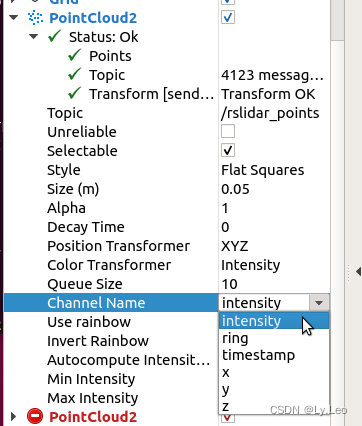
Pcl:: fromrosmsg alarm failed to find match for field 'intensity'
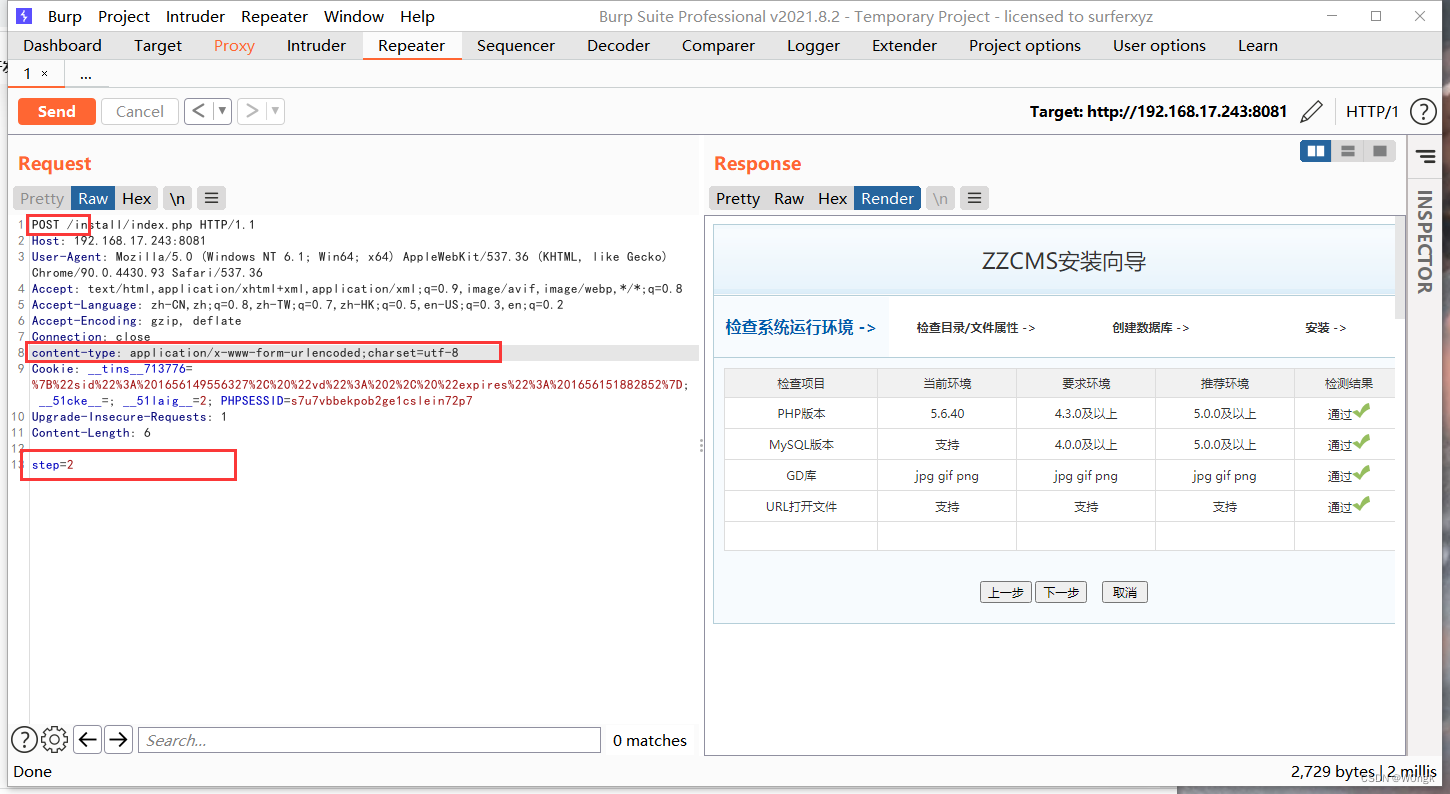
PHP code audit 3 - system reload vulnerability
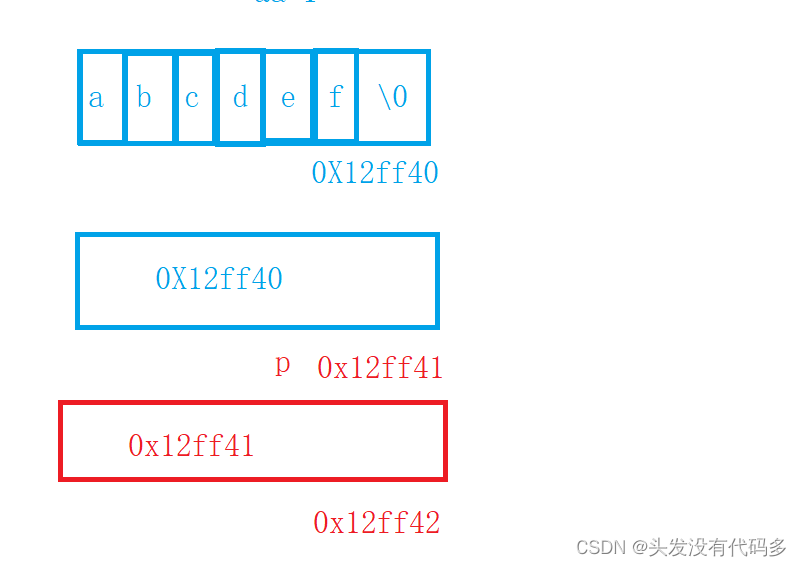
C language pointer classic interview question - the first bullet
If you don't know these four caching modes, dare you say you understand caching?
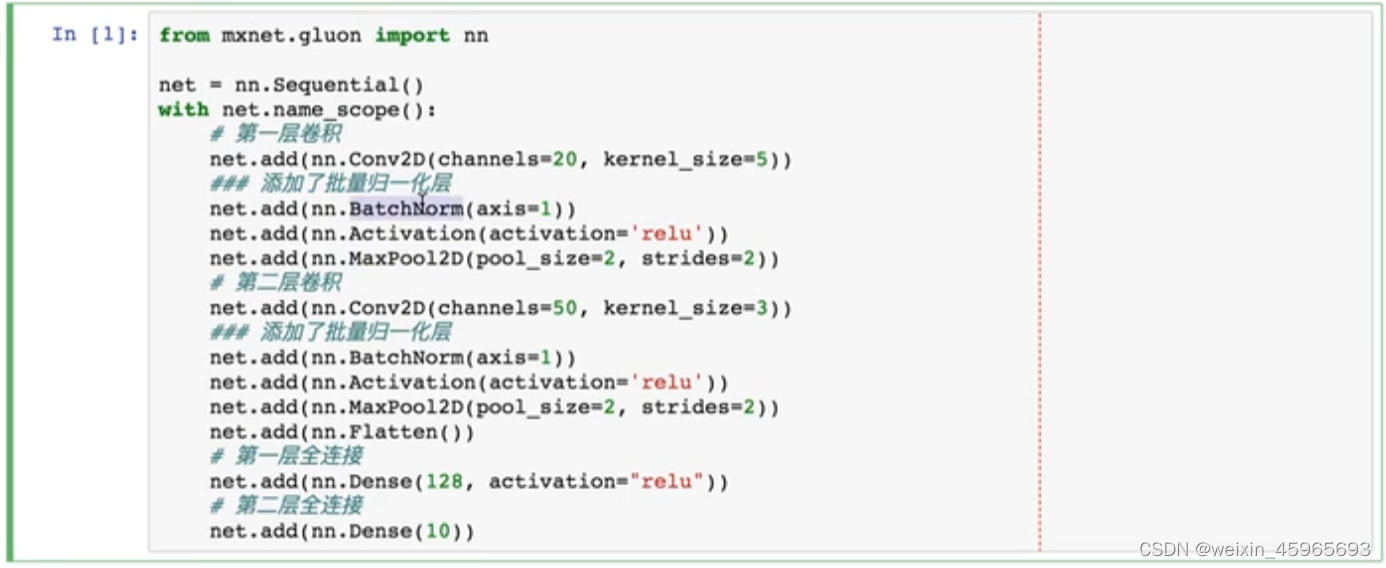
【Day2】 convolutional-neural-networks
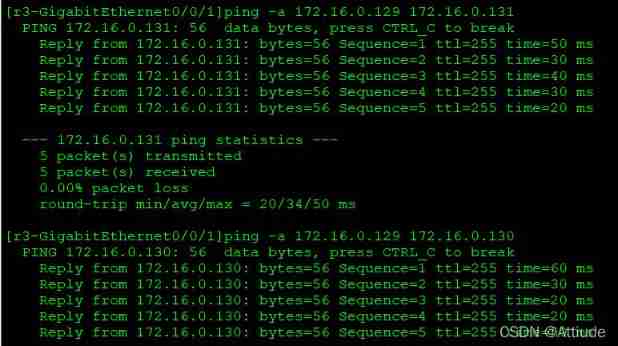
OSPF comprehensive experiment
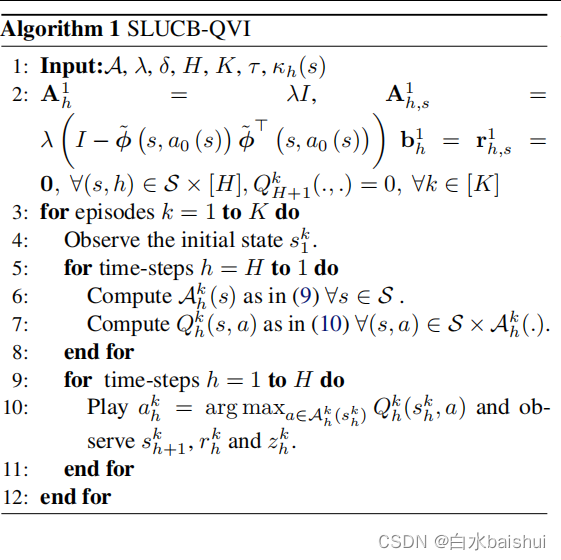
Safety reinforcement learning based on linear function approximation safe RL with linear function approximation translation 1
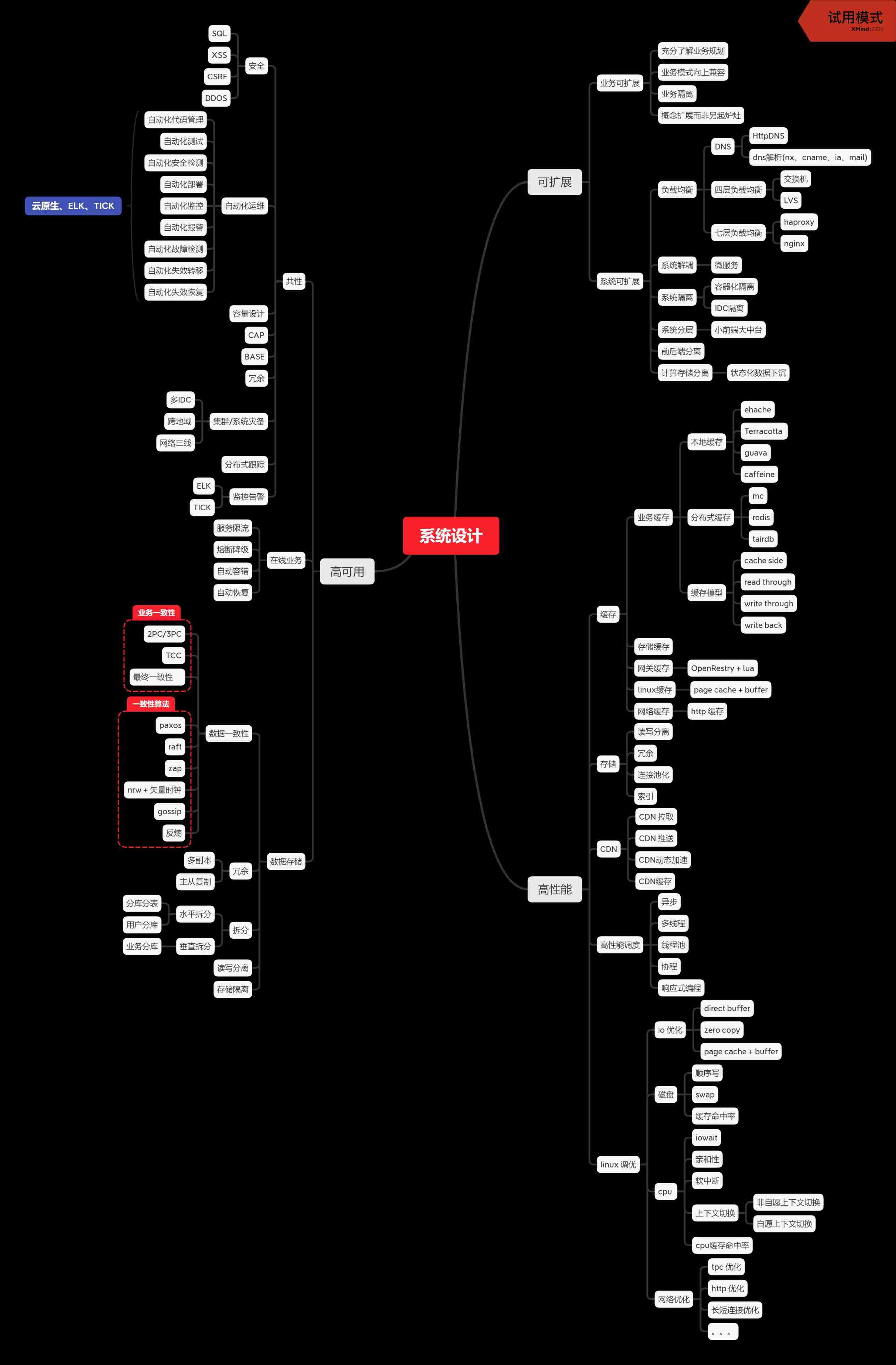
system design

Doris / Clickhouse / Hudi, a phased summary in June
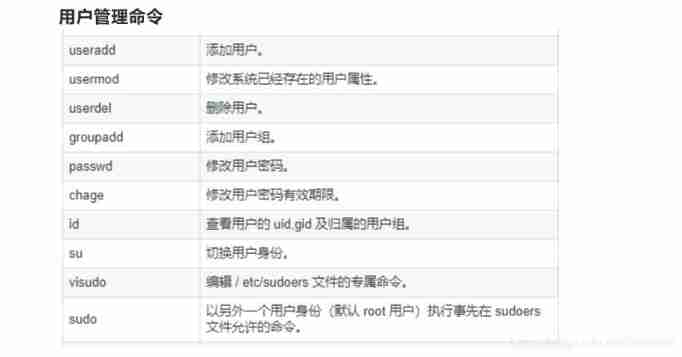
Devop basic command
随机推荐
Dos:disk operating system, including core startup program and command program
Check 15 developer tools of Alibaba
OSPF summary
A little feeling
Hands on deep learning (42) -- bi-directional recurrent neural network (BI RNN)
Custom type: structure, enumeration, union
[FAQ] summary of common causes and solutions of Huawei account service error 907135701
Exercise 9-5 address book sorting (20 points)
入职中国平安三周年的一些总结
leetcode729. My schedule 1
Hlk-w801wifi connection
AUTOSAR from getting started to mastering 100 lectures (106) - SOA in domain controllers
Si vous ne connaissez pas ces quatre modes de mise en cache, vous osez dire que vous connaissez la mise en cache?
Rhcsa learning practice
如果不知道這4種緩存模式,敢說懂緩存嗎?
DCL statement of MySQL Foundation
If you don't know these four caching modes, dare you say you understand caching?
Laravel文档阅读笔记-How to use @auth and @guest directives in Laravel
Network disk installation
Sword finger offer 31 Stack push in and pop-up sequence
